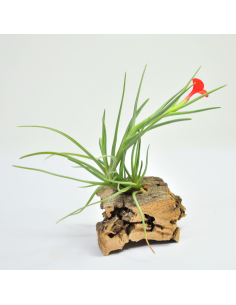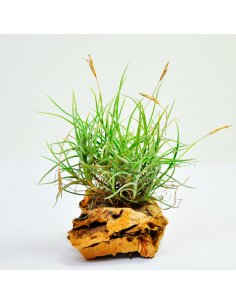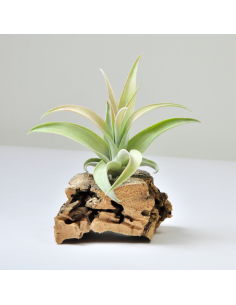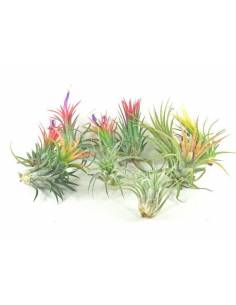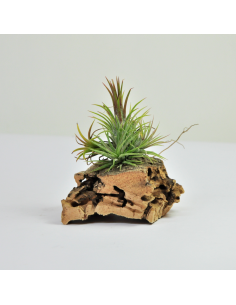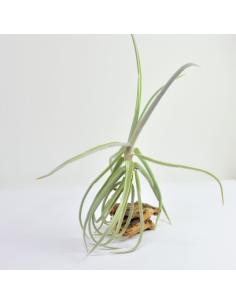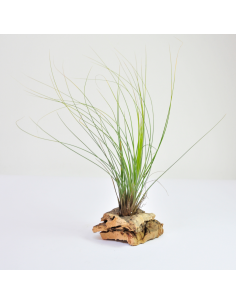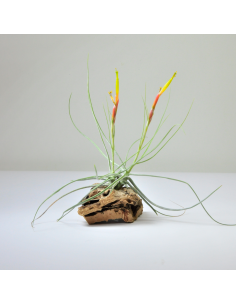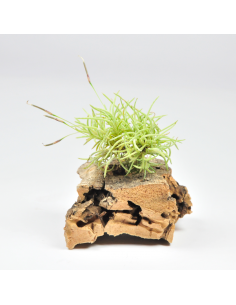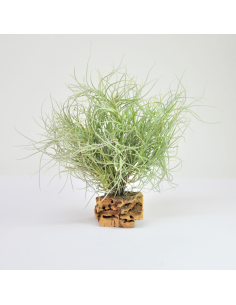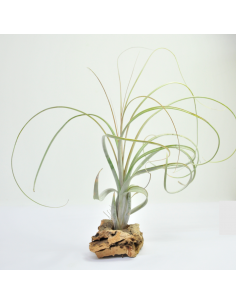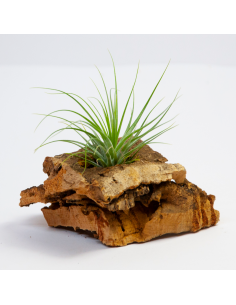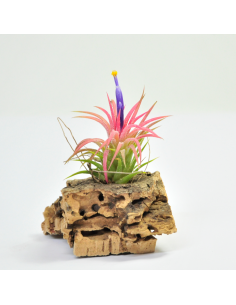€2.90
1 Reviews
The Tillandsia or Albertiana air plant only grows in a small area in the north of Argentina. This variety of air plant grows in the ravines of the mountains in terrain that is very difficult to access, and the area where this Tillandsia lives has an extremely unpredictable climate.
€6.50
Tillandsia native to the dry forests of Uruguay, Paraguay and Brazil.
€7.98
Tillandsia Capitata Peach is a unique and dazzling variety of the famous air plants, also known as "Tillandsias" or "Air Plants".Its unrivalled beauty lies in its leaves which, in warm shades of peach, pink and orange, evoke the essence of a tropical sunset.
€39.00
€55.00
Pack 16 Ionanothas consisting of:- 2 Fire- 2 Rubra- 2 Rubra Peach- 2 Mexican- 2 Rosea- 2 Rum- 2 Silver- 2 IonanthaSAVING OF 25 %.

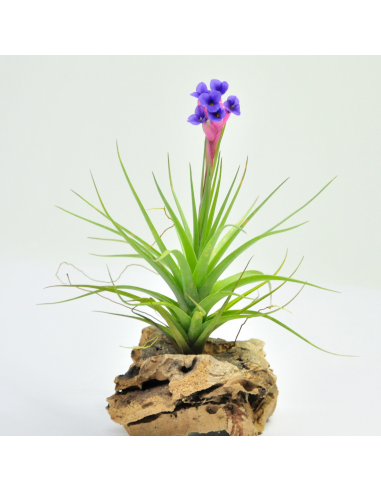





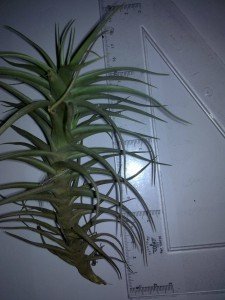
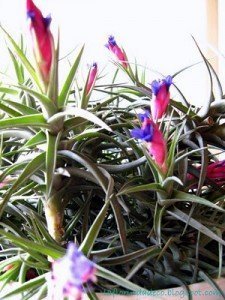
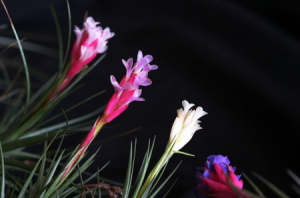
![3488831299_1be3d5cda8_o[1]](https://www.ecoterrazas.com/blog/wp-content/uploads/3488831299_1be3d5cda8_o1-300x200.jpg)

